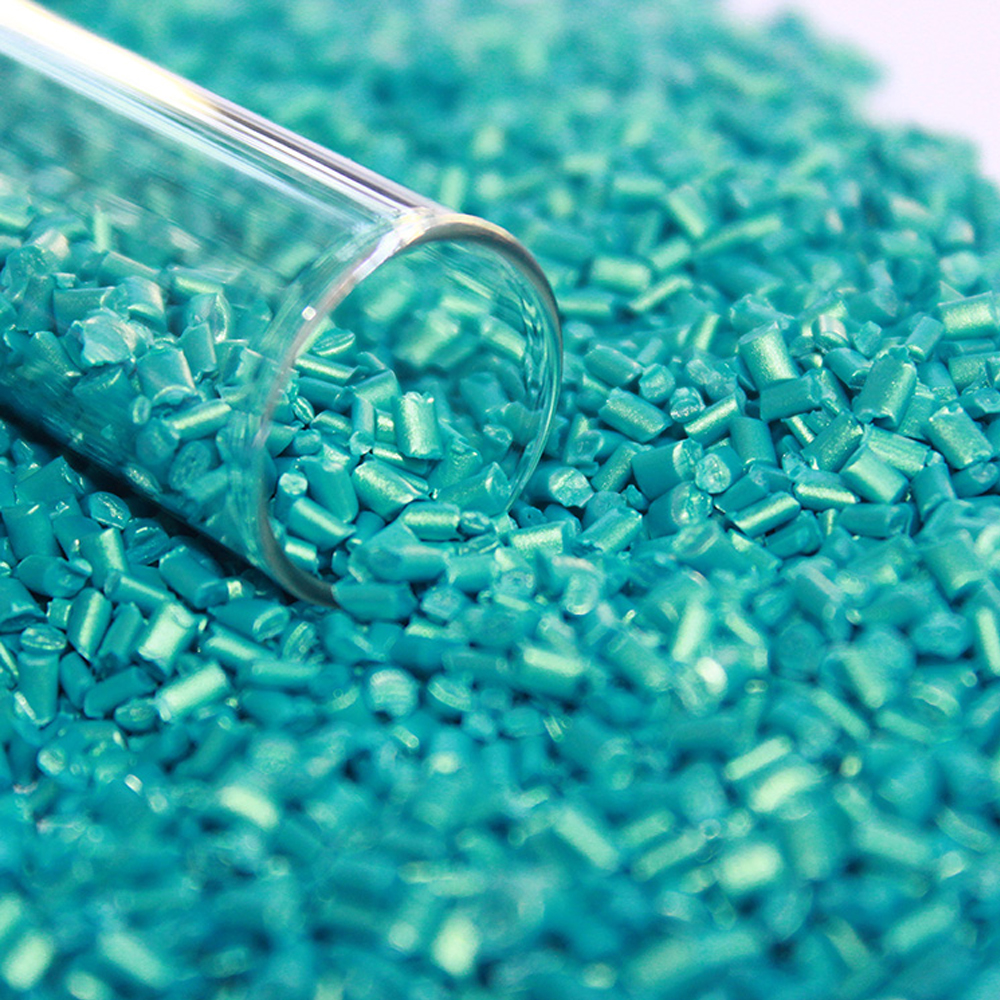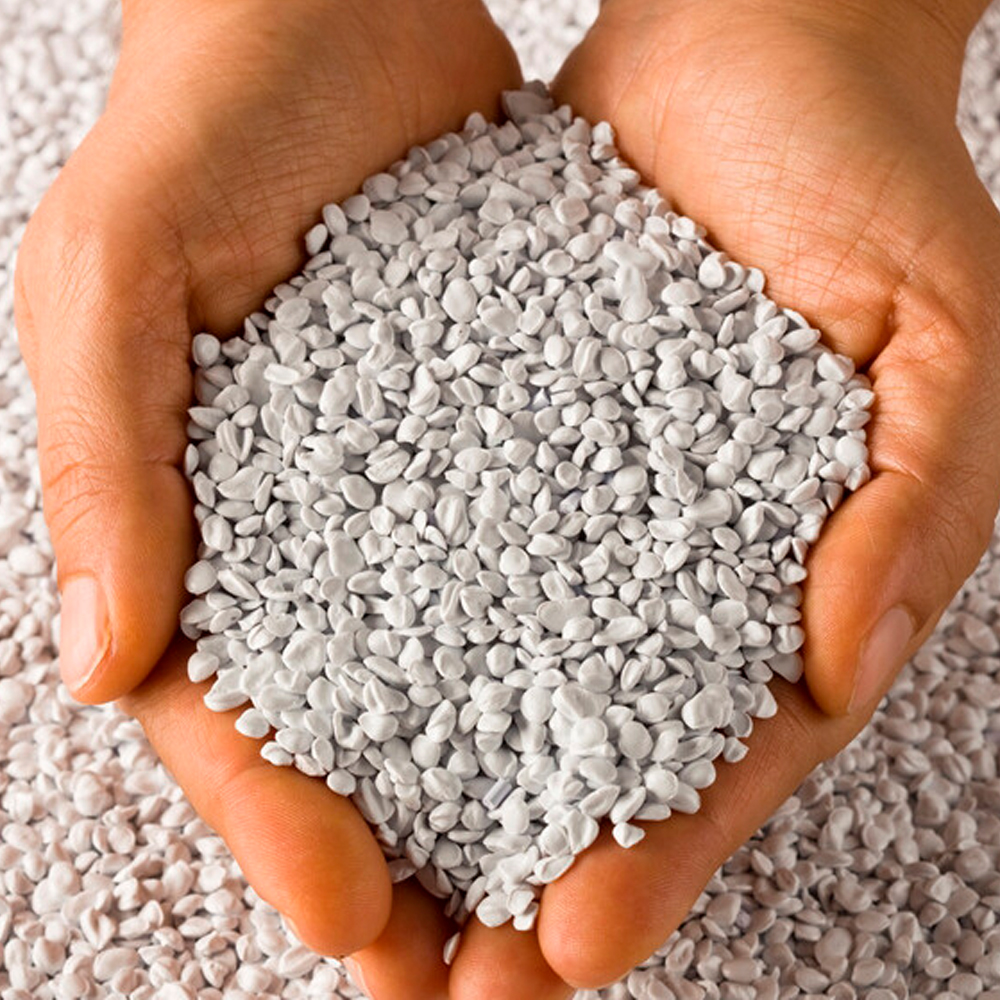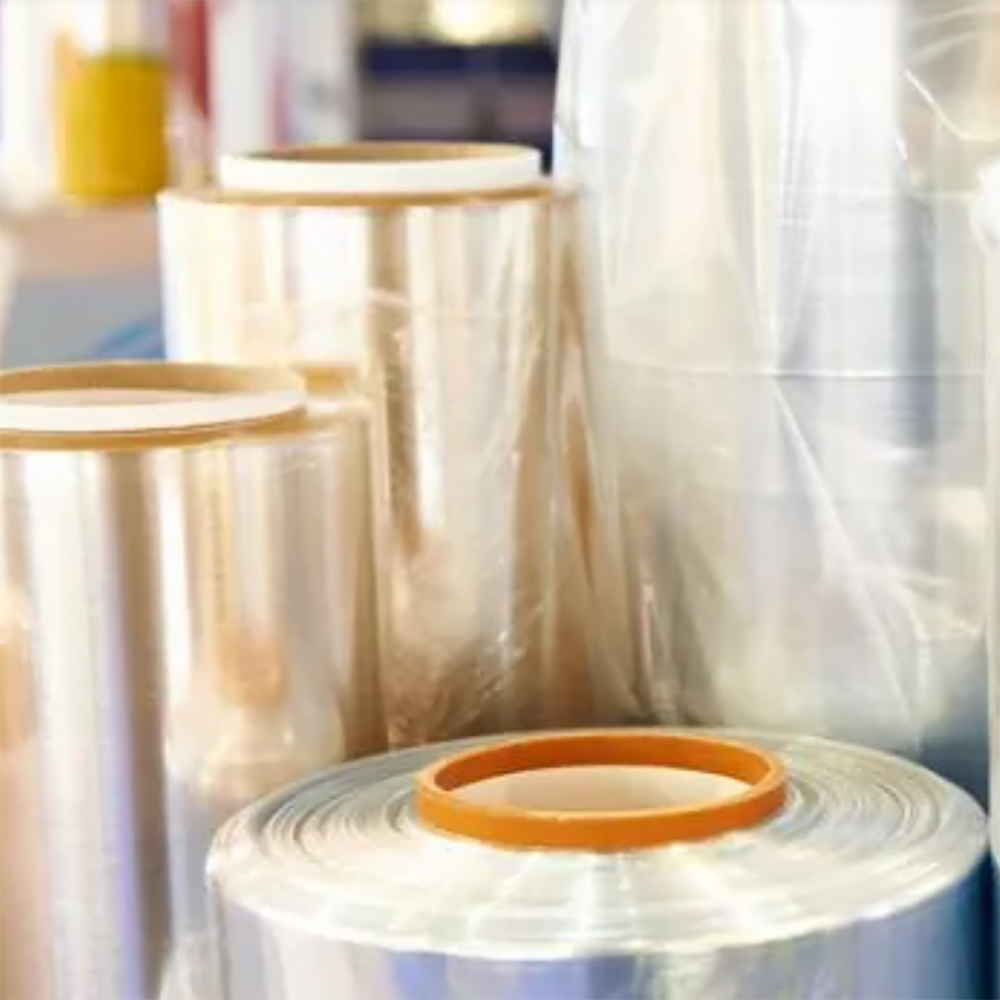
Lựa chọn Masterbatch phù hợp
Khi nói đến việc tạo màu hoặc truyền các đặc tính bổ sung cho hầu hết mọi loại nhựa nhiệt dẻo, việc lựa chọn masterbatch là một lựa chọn hiển nhiên.
Cho dù bạn là nhà sản xuất, nhà cung cấp hay chỉ đơn giản là tò mò về chủ đề này, việc hiểu rõ về hạt nhựa màu trắng sẽ giúp bạn hiểu rõ tầm quan trọng của nó trong việc đạt được độ mờ đục và độ trắng vượt trội trong nhiều ứng dụng nhựa khác nhau. Hãy đọc tiếp để khám phá cách sản phẩm đa năng này có thể biến đổi các giải pháp nhựa của bạn.
Masterbatch trắng là hỗn hợp cô đặc của các sắc tố, phụ gia và chất mang được sử dụng để tăng cường độ mờ đục và độ trắng của sản phẩm nhựa. Thông thường, titan dioxit (TiO2) đóng vai trò là sắc tố chính nhờ khả năng che phủ cao và độ trắng sáng vượt trội. Việc sử dụng masterbatch trắng cho phép các nhà sản xuất đạt được màu sắc và độ mờ đục đồng nhất cho sản phẩm cuối cùng, khiến nó trở thành một thành phần quan trọng trong ngành công nghiệp nhựa.Hạt masterbatch như hạt masterbatch trắng được bán dưới dạng viên và có thể dễ dàng trộn với các polyme nền như polyethylene (PE) và polypropylene (PP). Tính linh hoạt này cho phép ứng dụng rộng rãi, từ vật liệu đóng gói đến hàng tiêu dùng, và đóng vai trò quan trọng trong việc đạt được các đặc tính thẩm mỹ và chức năng mong muốn.
Hạt màu trắng làm tăng cường tính thẩm mỹ cho nhựa bằng cách cung cấp khả năng che phủ vượt trội và cải thiện tính thẩm mỹ tổng thể. Khi được tích hợp vào công thức nhựa, các hạt màu trắng này có thể làm tăng đáng kể độ mờ đục của sản phẩm cuối cùng, che phủ hiệu quả mọi màu sắc hoặc khuyết điểm bên dưới. Điều này đặc biệt quan trọng trong các ứng dụng đòi hỏi tính thẩm mỹ cao, chẳng hạn như bao bì tiêu dùng hoặc linh kiện ô tô.Ngoài việc nâng cao chất lượng hình ảnh, hạt màu trắng còn góp phần cải thiện chức năng. Bằng cách kết hợp chất ổn định tia UV và các chất phụ gia khác, nhà sản xuất có thể tạo ra các sản phẩm có khả năng chống chịu tốt hơn với các yếu tố môi trường, từ đó kéo dài tuổi thọ và khả năng sử dụng.
Độ mờ đục là một đặc tính quan trọng trong nhiều ứng dụng nhựa, ảnh hưởng đến cả hình thức lẫn hiệu suất. Độ mờ đục cao đảm bảo sản phẩm không bị lộ màu nền, điều này rất cần thiết cho các mặt hàng như bao bì thực phẩm, nơi tính thẩm mỹ được đặt lên hàng đầu. Ngoài ra, độ mờ đục có thể ảnh hưởng đến chất lượng cảm nhận của sản phẩm; người tiêu dùng thường liên tưởng độ mờ đục cao hơn với chất lượng cao cấp.Trong các thị trường như xây dựng và ô tô, độ mờ đục cũng đóng vai trò quan trọng trong hiệu suất nhiệt và khả năng chống tia cực tím. Bằng cách sử dụng hạt màu trắng có độ mờ đục cao, các nhà sản xuất có thể tạo ra những sản phẩm không chỉ đẹp hơn mà còn hoạt động tốt hơn trong các ứng dụng khắt khe.
Độ trắng là một yếu tố quan trọng quyết định chất lượng thẩm mỹ của sản phẩm nhựa. Nó phản ánh khả năng của vật liệu trong việc tạo ra độ sáng bóng và hấp dẫn thị giác đối với người tiêu dùng. Trong nhiều trường hợp, sản phẩm càng trắng thì chất lượng cảm nhận càng cao. Hạt nhựa màu trắng, với hàm lượng titan dioxide cao, được thiết kế đặc biệt để tăng cường độ trắng, lý tưởng cho nhiều ứng dụng khác nhau.Tầm quan trọng của độ trắng không chỉ nằm ở vẻ ngoài; nó còn có thể ảnh hưởng đến chức năng của các sản phẩm nhựa. Ví dụ, hạt nhựa màu trắng có thể giúp cải thiện khả năng phản xạ của bề mặt, điều này có thể hữu ích trong các ứng dụng như vật liệu lợp mái đòi hỏi khả năng quản lý nhiệt.
Masterbatch có thể được phân loại dựa trên màu sắc, chức năng và ứng dụng. Masterbatch trắng thuộc nhóm masterbatch màu, được thiết kế đặc biệt để tăng cường độ trắng và độ mờ đục. Chúng cũng có thể được phân loại thêm dựa trên loại nhựa nền, chẳng hạn như polyethylene (PE) hoặc polypropylene (PP), điều này ảnh hưởng đến khả năng tương thích với các vật liệu nền khác nhau.Ngoài ra, masterbatch có thể được phân biệt bằng các chất phụ gia chức năng. Ví dụ, một số masterbatch màu trắng có thể chứa chất ổn định tia UV để bảo vệ sản phẩm cuối cùng khỏi bị phân hủy dưới ánh sáng mặt trời, trong khi một số khác có thể chứa chất chống tĩnh điện để giảm tích tụ bụi.
Việc sử dụng hạt màu trắng mang lại nhiều lợi ích cho các nhà sản xuất trong ngành nhựa, bao gồm:
Những lợi ích này góp phần làm tăng sự hài lòng của khách hàng và cải thiện hiệu suất sản phẩm, khiến hạt nhựa màu trắng trở thành thành phần thiết yếu trong sản xuất nhựa hiện đại.
Độ phân tán đề cập đến mức độ phân bố đều của các hạt sắc tố trên toàn bộ ma trận nhựa. Trong trường hợp masterbatch màu trắng, việc phân tán titan dioxide đúng cách là rất quan trọng để đạt được độ mờ đục và độ trắng tối ưu. Masterbatch phân tán kém có thể dẫn đến màu sắc không đồng đều, xuất hiện vệt và mất khả năng che phủ trong sản phẩm cuối cùng.Các nhà sản xuất phải chú ý chặt chẽ đến các điều kiện xử lý trong quá trình trộn và đùn để đảm bảo masterbatch trắng được phân tán tốt. Các kỹ thuật như sử dụng trộn cắt cao hoặc tối ưu hóa nhiệt độ có thể cải thiện đáng kể chất lượng phân tán, từ đó nâng cao hiệu suất sản phẩm.
Titan dioxit (TiO2) là chất màu chính được sử dụng trong bột màu trắng nhờ khả năng che phủ và độ trắng vượt trội. TiO2 có hai dạng: rutil và anatase, trong đó rutil là dạng được ưa chuộng nhất cho hầu hết các ứng dụng nhờ các đặc tính hiệu suất vượt trội.Việc bổ sung TiO2 vào masterbatch màu trắng không chỉ cải thiện độ mờ đục và độ sáng mà còn góp phần tăng cường độ ổn định tia UV cho sản phẩm cuối cùng. Điều này đặc biệt hữu ích cho các ứng dụng ngoài trời, nơi ánh sáng mặt trời có thể làm hỏng vật liệu nhựa theo thời gian. Việc lựa chọn và pha chế TiO2 phù hợp trong masterbatch là điều cần thiết để đạt được kết quả tối ưu.
Hạt màu trắng được sử dụng rộng rãi trong nhiều lĩnh vực khác nhau của ngành công nghiệp nhựa, bao gồm:
Tính linh hoạt của hạt nhựa màu trắng cho phép nó được thiết kế riêng cho các ứng dụng cụ thể, khiến nó trở thành thành phần vô giá trong sự đổi mới và phát triển của ngành nhựa.
Mặc dù các hạt màu trắng truyền thống có hiệu quả, nhưng vẫn có một số lựa chọn thay thế tiết kiệm chi phí mà các nhà sản xuất có thể cân nhắc. Các lựa chọn thay thế này có thể bao gồm:
Bằng cách khám phá những giải pháp thay thế này, các nhà sản xuất có thể tối ưu hóa quy trình sản xuất của mình trong khi vẫn duy trì chất lượng và hiệu suất.
Tóm lại, hạt màu trắng là một thành phần thiết yếu trong ngành nhựa, mang lại độ mờ đục, độ trắng và hiệu suất tổng thể của sản phẩm được cải thiện. Bằng cách hiểu được tầm quan trọng và ứng dụng của nó, các nhà sản xuất có thể đưa ra quyết định sáng suốt, nâng cao chất lượng sản phẩm và sự hài lòng của khách hàng.
Bằng cách khai thác sức mạnh của hạt màu trắng, các công ty có thể cung cấp những sản phẩm vượt trội đáp ứng nhu cầu của thị trường đồng thời đảm bảo tính bền vững và hiệu quả về chi phí.
Tìm hiểu thêm kiến thức và xu hướng trong ngành masterbatch từ blog của chúng tôi.

Khi nói đến việc tạo màu hoặc truyền các đặc tính bổ sung cho hầu hết mọi loại nhựa nhiệt dẻo, việc lựa chọn masterbatch là một lựa chọn hiển nhiên.

Filler masterbatch đóng một vai trò quan trọng trong nhiều khía cạnh khác nhau của ngành nhựa. Vậy chính xác thì filler masterbatch là gì và nó được đưa vào sản xuất nhựa như thế nào? Hãy cùng khám phá những khía cạnh này trong cuộc thảo luận sau đây.

Hạt nhựa BOPET là vật liệu chuyên dụng được sử dụng để nâng cao hiệu suất của màng polyethylene terephthalate định hướng hai trục (BOPET).
©2023. Nhà sản xuất Masterbatch đã đăng ký Bản quyền.
Đội của chúng tôi sẽ gửi lại ưu đãi tốt nhất trong vòng 20 phút.